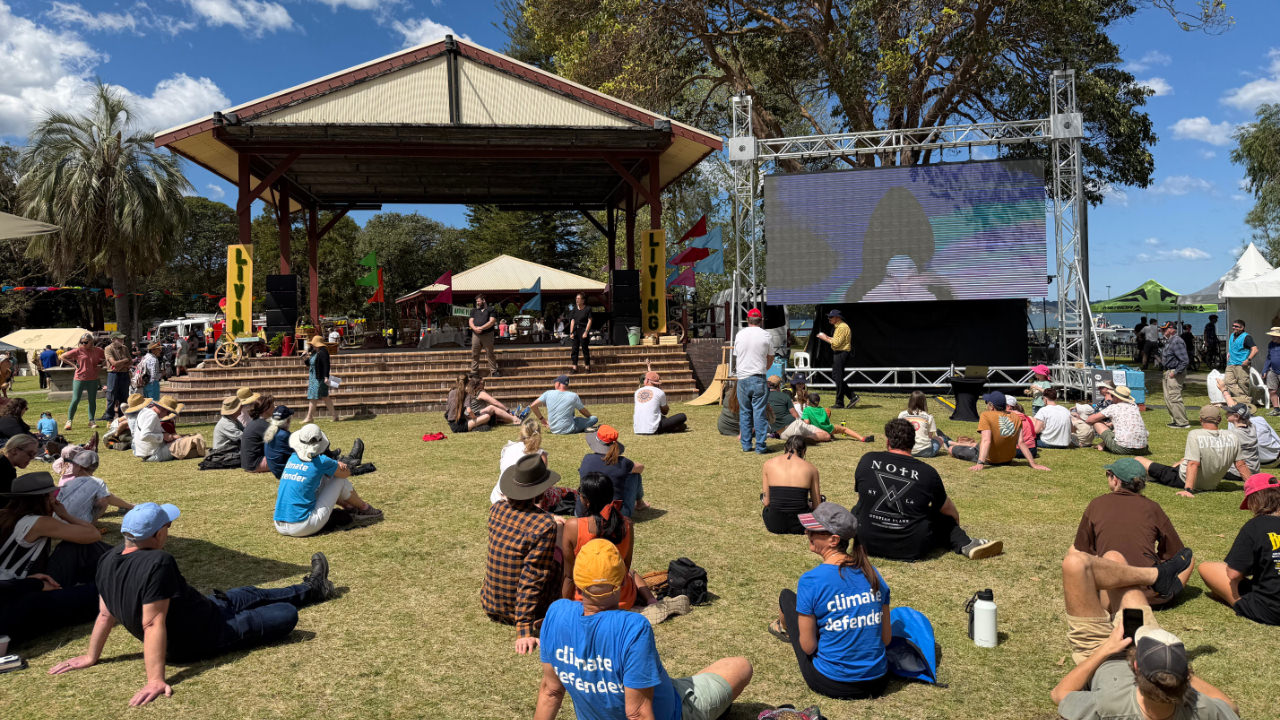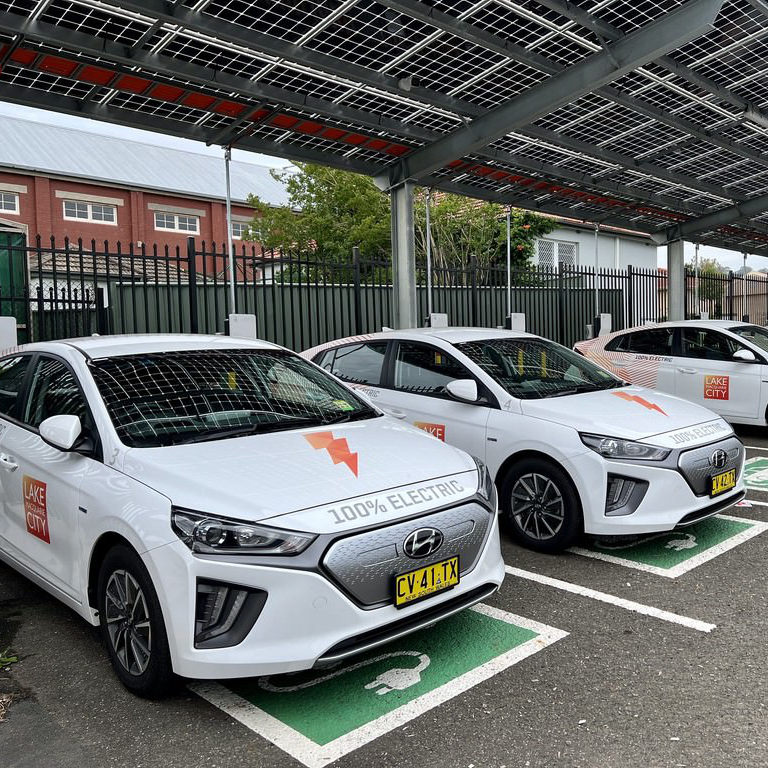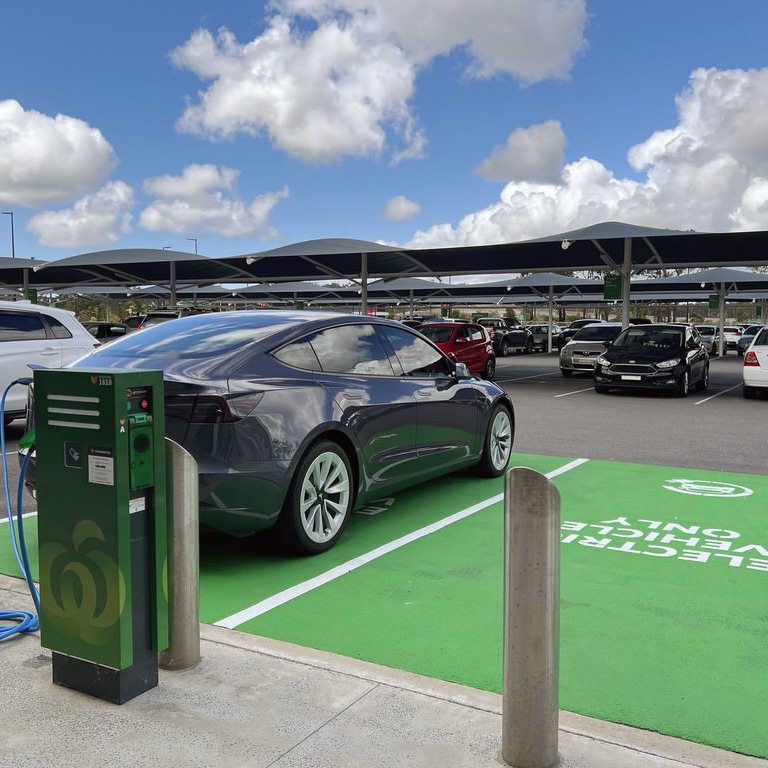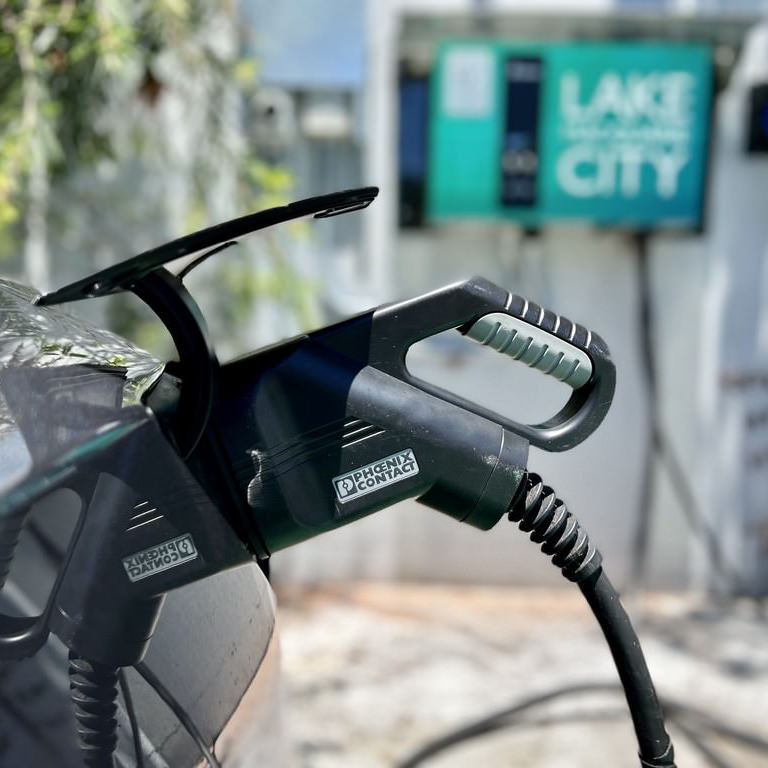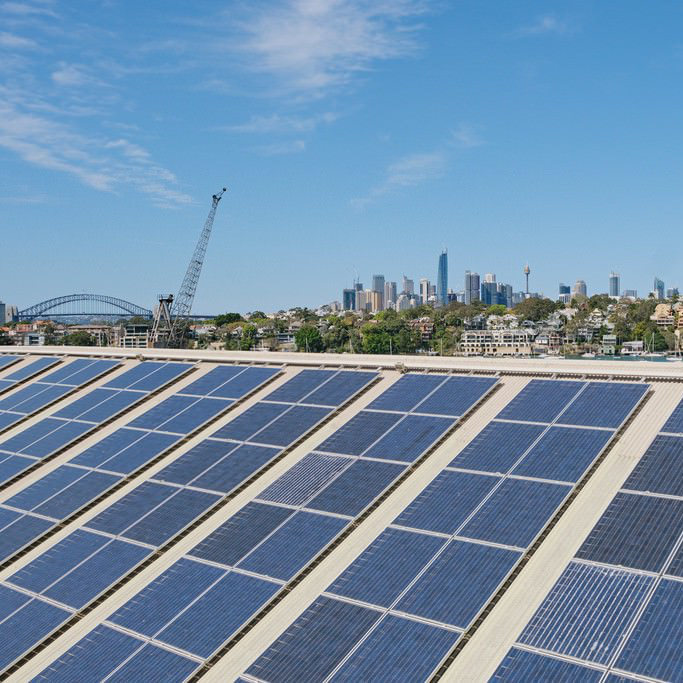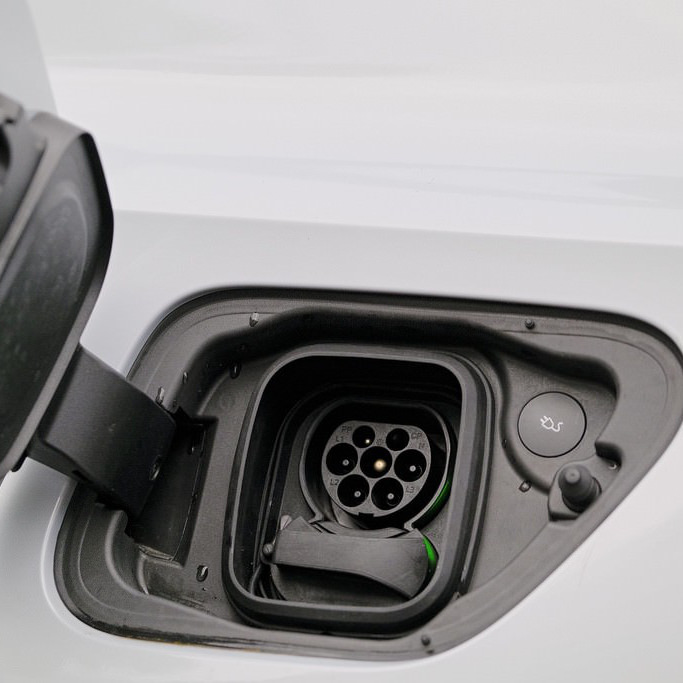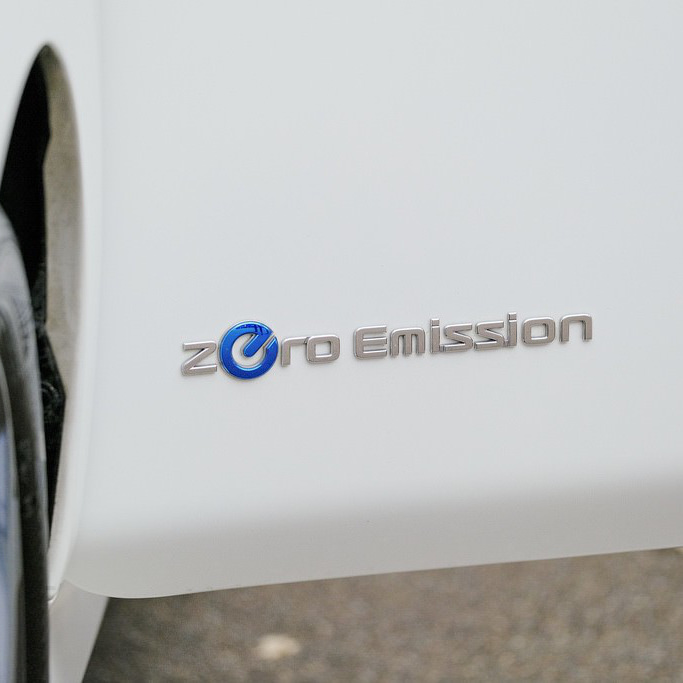Living Smart Festival
The Living Smart Festival is Lake Macquarie’s largest free community event and one of Australia’s biggest sustainability gatherings. Now in its 14th year, the festival returned to Speers Point Park, running from 9am to 3pm. Drawing more than 10,000 visitors in previous years, the event combines a relaxed atmosphere with workshops, demonstrations, market stalls, and cultural activities.
Highlights include a native plant giveaway, sustainability-focused presentations, and the “Charged up – electrification” panel exploring household and vehicle electrification. The 2025 program is headlined by Dr Karl Kruszelnicki, who will share insights from his decades of science communication and climate change advocacy.
Lake Macquarie City Council (LMCC) key sustainability achievements include:
- Since 2009, the Council has installed 35 solar PV systems on its buildings, totalling 1,950 kW of capacity.
- Over 50 electric vehicle chargers are now available in Lake Macquarie City Centre (LMCC), making owning an electric vehicle easier than ever.
- In Lake Mac, over 27,542 residential solar systems have been installed, saving households approximately $1,491 annually.
- Council has three large-scale solar PV systems registered as power stations. These systems collectively generate over 5.3 GWh of electricity.
- In 2023, after receiving Bushfire Local Economic Recovery (BLER) funding from the NSW State and Federal Governments, Lake Mac installed a solar PV microgrid. This microgrid comprises 20 dual 22kW EV chargers and a 500kWh battery. It has the capacity to power approximately 5000 homes and enables the Council to continue providing essential services during power outages.
- Electrify 2287 is a new local community initiative that aims to help households in Wallsend and nearby suburbs reduce their energy bills, improve home efficiency, and prepare for the future.
“Charged Up: Electrification” panel
- Dan Wigmore, Engagement Officer, NSW Department of Climate Change, Energy, the Environment and Water
- Kristen McDonald, Director of Strategic Programs, Rewiring Australia, and Coordinator, Electrify 2515
- Lexi Crouch, Climate Change and Sustainability Program Lead, City of Newcastle
- Steve James, Business Development Manager, Jet Charge
- Gayle Russell, Lake Mac Sustainable Neighbourhood Alliance member and Sustainable House Day participant
How to make the grid work for households
- Shift flexible loads to the middle of the day. Hot water can be ~30% of home energy use; moving heat-pump hot-water to run when rooftop solar is abundant eases evening peaks and uses cleaner power. Panelists urged the same mindset for EVs: avoid everyone plugging in at 6 pm; day-time charging helps the grid. 
- Practical EV charging math: a ~70 kWh battery takes ~35 hours on a ~2 kW plug, ~10 hours on a 7 kW home charger. Many drivers cover ~35 km/day, so a short home top-up often suffices.  
- Use solar-aware chargers. Smart chargers can detect export and divert it to the car, cutting costs by soaking up surplus solar. 
What councils are doing
- City of Newcastle described “lead by example” actions: 100% renewable electricity from 2019, solar on most council buildings, and a council-owned public EV charging network. 
- Policy shift: Newcastle decided to remove gas from all new residential developments, making new housing all-electric. 
Solar Neighbourhoods: removing barriers
Residents reported three blockers to going solar/batteries—up-front cost, complexity, and trust. In response, Lake Macquarie, Maitland, and Newcastle councils launched Solar Neighbourhoods with vetted products, extra discounts beyond existing rebates, strong warranties, post-install checks, and options for EV chargers. 
Newcastle also cited surging local EV uptake—up 1,729% over five years—while expanding the charging network. 
“If it dies, electrify.”
EV adoption and infrastructure: what’s changing
- Market share: new-car EV sales lifted from ~9% last year to ~12% this year, a ~38% rise. 
- Model range and prices are broadening: about 14 medium SUVs under $60k and several small EVs under $30k; average battery sizes have grown toward ~70 kWh, improving range. 
- Public fast charging expanded from ~460 DC units in 2022 to 1,800+ now, closing corridor gaps. 
Community-led retrofits: Electrify 2515
Rewiring Australia’s Electrify 2515 began with a survey target of 500 homes in three months; the community returned 500 responses in three days. The team then secured ARENA’s first community-led electrification pilot and is retrofitting 500 diverse existing homes to streamline processes and cut installation costs—aiming to produce learnings that scale. 
Electrify 2287  
Renters, split incentives, and equity
- The “split incentive” problem—tenants pay bills but landlords fund upgrades—is being studied with RACE for 2030, RMIT, and UTS; participants received $500 home energy assessments to inform owners.  
- Victoria’s recent minimum rental standards give renters the right to an electric replacement when an appliance fails, and new homes will be fully electric — cited as a model for NSW reform. 
- A simple negotiation example: one tenant arranged landlord-funded solar and paid ~$25/week extra rent, covered by bill savings. 
- For households locked out of solar, Newcastle is piloting an energy-bill comparison service after research showing ~80% of Australians overpay by not switching plans; rollout is planned locally, with retailers offering cheap or free midday power on some tariffs. 
Household tactics that worked
- “If it dies, electrify.” Replace failed gas or inefficient units with electric, and plan upgrades appliance-by-appliance rather than all at once. 
- Use local action plans. The Go Electric Action Plan from Lake Macquarie and Newcastle lists efficient models by category and helps schedule replacements. 
- Building basics from a Sustainable House Day participant: orient living spaces for winter sun, draught-proof, insulate, and zone rooms; simple roof-cavity exhaust reduced indoor heat on hot days.  
Resilience and financing ideas
- Every battery installed through the council program includes blackout protection, building local resilience to storms and outages. 
- Panelists floated a HECS-style, government-backed low-interest loan repaid on property sale to unlock upgrades for low-income households. 
Lived EV experience in brief
- Daily-life charging largely happens at home from solar; one speaker reported ~40,000 km with only two public charges thanks to solar-integrated home charging.  
- Range anxiety is fading as models improve; anecdotes included a Wollongong–Newcastle trip in a BYD Dolphin arriving with 55% battery remaining. 
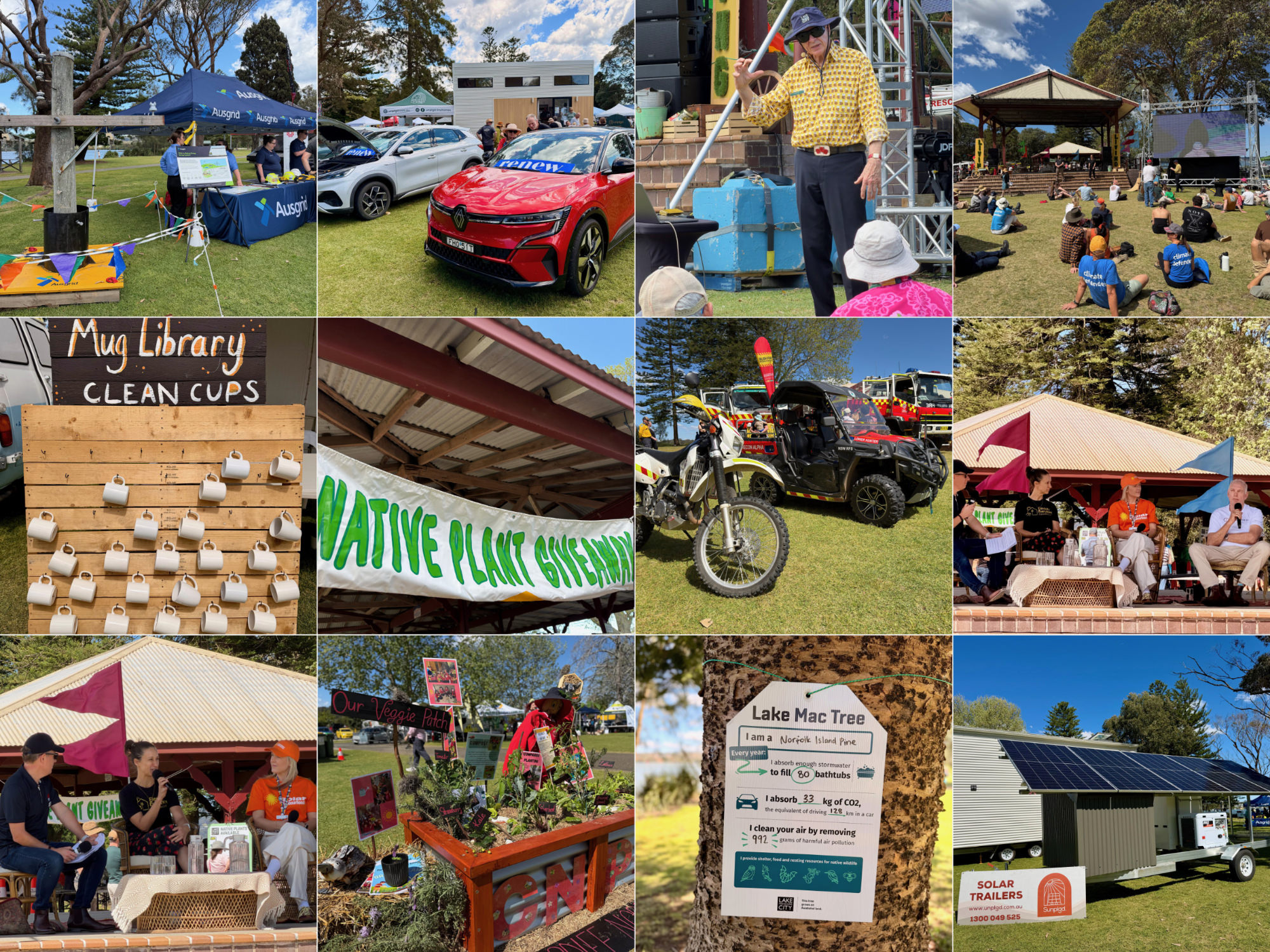
The Living Smart Festival is held on the traditional lands of the Awabakal People.

